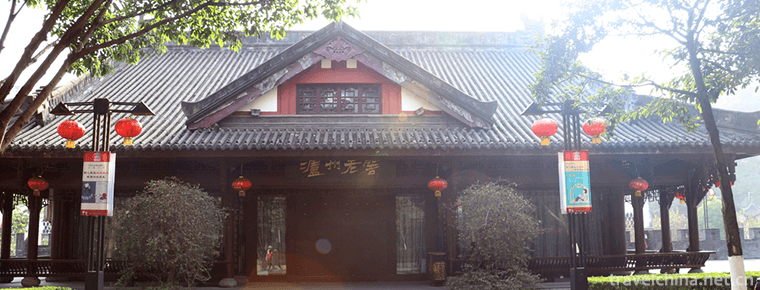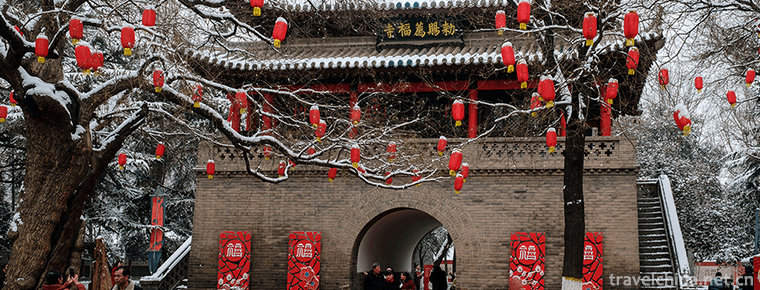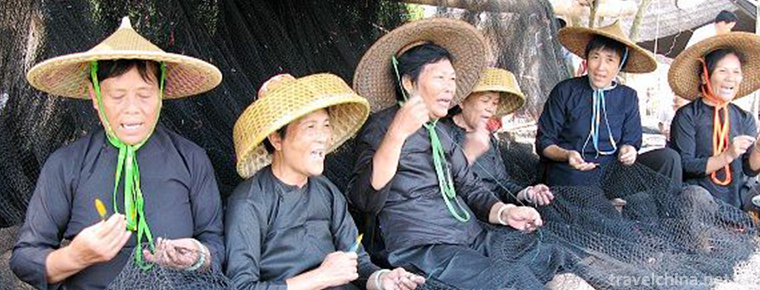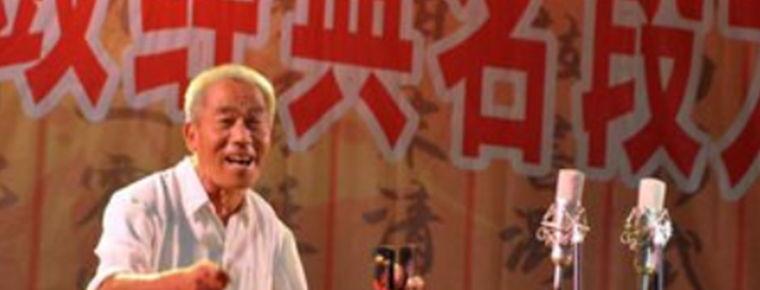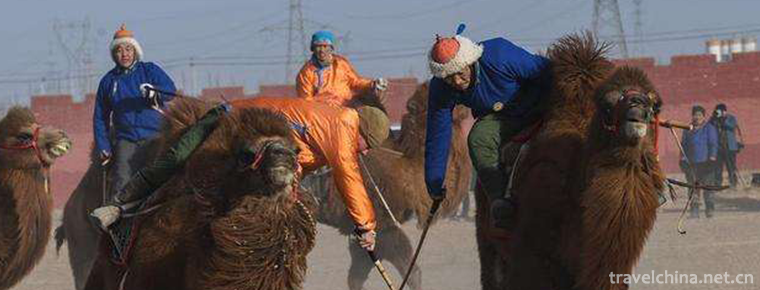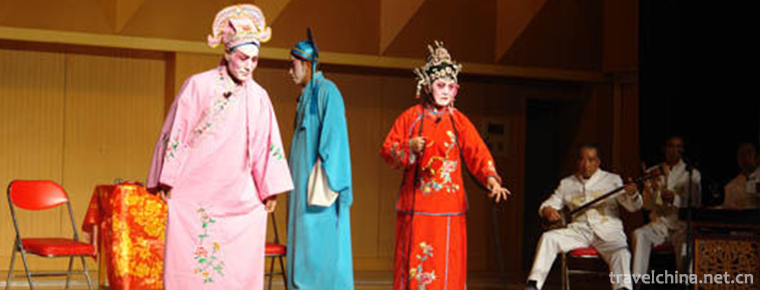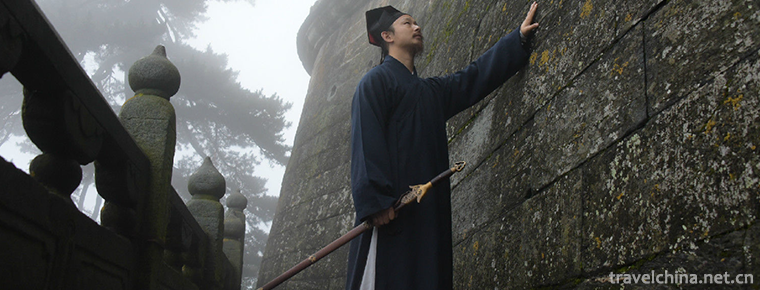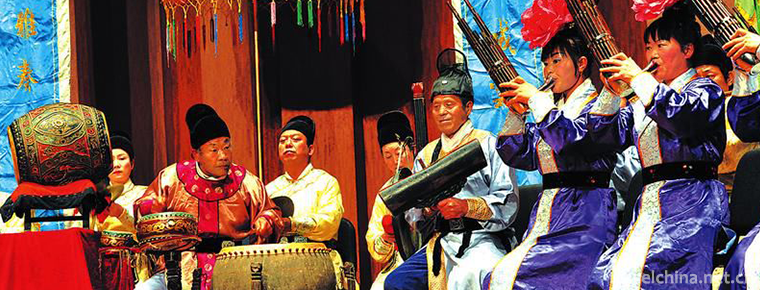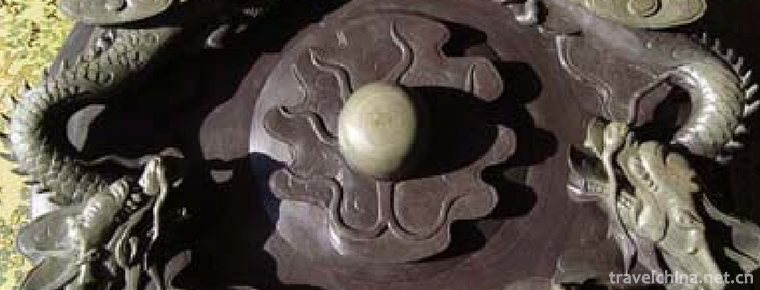Donkey HamBurger
Donkey HamBurger is a popular traditional snack in North China. It originated in Baoding. Widely spread in the central Hebei Plain, the brine good donkey meat adds the old soup to join the crispy fire inside. As the food and beverage cultural center of Hebei Province and the birthplace of Hebei cuisine, Baoding donkey meat burning has been continuously developed and promoted by the industrious people of Hebei Province, and finally made donkey meat burning famous in the north and south of the Yangtze River. In the streets and alleys of North China, donkey meat shops can be seen everywhere, which are fully integrated into the lives of local residents. In addition, Hebei Hejian also has a similar name food, but the practice and taste are quite different. The most intuitive difference is that Baoding Donkey Meat fire is round, while Hejian Donkey Meat fire is rectangular. According to the Records of History, Donkey Meat fire originated in Baoding, Hebei Province, in the second year of Jianwen in the Ming Dynasty (1400 A.D.), and now spreads all over Yanzhao.
Donkey meat is first stewed in a big fire followed by a warm stew, with nearly 20 kinds of condiments. It has a long cooking time, a thorough cookery, a tender color, a meat fragrance but not wood, a long fragrance, crisp and palatable. According to medical books, donkey meat enriching blood, replenishing qi, replenishing deficiency, donkey hide gelatin nourishing yin and enriching blood, nourishing lung moistening dryness. Visible donkey meat is not only delicious, but also health care function. Modern medical research, donkey meat is low fat, high protein food, and calcium, phosphorus, iron content is also higher. Donkey meat is famous in Beijing, Tianjin and Hebei catering market.
The birthplace of Baoding donkey meat burning is Caohe Town, Xushui District, Baoding. Caohe is the name of the river in Xushui District, Baoding City, Hebei province. Caohe town is named after the Caohe River. Cao River donkey meat has a long history of fire. According to legend, in the Song Dynasty, Caohe ferry had two gang of Caobang and salt gang. Cao Gang helps to transport grain for industry, and salt helps salt industry. The two sides, who dominate the wharf, often go to great lengths to win the final victory. When the donkeys captured by the Cao Gang could not be handled, they slaughtered and stewed for a celebration feast, and then ate the meat in the local cooking fire. The rise of Caohe donkey meat and the birth of famous food.
After the death of emperor Zhu Yuanzhang in the Ming Dynasty, his descendants fought with each other. Zhu Yuanzhang's four son, Yan Wang, Yongle sent troops to war with Zhu Yunwen, the successor of Zhu Yuanzhang. Li Jinglong, a general of Zhu Yunzhang faction, fought with Zhu Bingyong in the area of Baigou River. Li Jinglong's troops retreated to Caohe Town of Xushui. The army was short of food, and Li Jinglong had no choice but to kill the army horse for hunger. The local people have the custom of eating donkey meat, so the horse meat is also very fragrant. Since then, eating horses has also become the custom of Xushui's Cao River town, which makes the horse meat taste delicious. In the Qing Dynasty, Kangxi laid stress on agriculture and mulberry, forbidding the slaughter of cattle and horses. Scholars in Caohe preferred to eat horse meat, only donkey meat, and donkeys were cheaper than horses, so donkeys were specially bred for food. Then there is the local branded fire outside the coke tender, just out of the oven with cooked donkey meat, has become a well-known local food.
Donkey meat is very rich in nutrition. Every 100 grams of donkey meat contains 27 grams of protein. Its protein content is higher than that of beef and pork, but its fat content is very low. It is a typical high-protein and low-fat food. Donkey meat also contains carbohydrates, calcium, phosphorus, iron and many kinds of amino acids needed by human body. Nitrogen extracts from donkey meat can not only increase appetite, but also increase meat flavor and taste. According to the Compendium of Materia Medica, donkey meat warming has the functions of invigorating qi, nourishing blood, invigorating essence and yang, nourishing yin, nourishing kidney and benefiting lung. Especially, it has unique effects on relieving boredom, calming mind and clearing brain. Donkey bone boiling soup can be used to treat diabetes for many years. Ejiao products with extraordinary efficacy are made from donkey skin. They have very good blood-tonifying and Qi-invigorating effects and are more effective for women's facial care and skin care. Donkey's whip is also recognized as the best kidney tonifying and health care product in Pharmacopoeia such as Compendium of Materia Medica, Chronicle of Sichuan Traditional Chinese Medicine and Jilin Traditional Chinese Medicine. It has the function of nourishing Yin, nourishing kidney, invigorating spirit and refreshing spirit. Its efficacy is second only to deer whip, and it is praised as "Viagra on Men's Table" by young and middle-aged friends who like this dish best. Donkey's face, donkey's skin and donkey's gelatin have the functions of tonifying blood and invigorating qi, protecting skin and nourishing face. They are most suitable for ladies'cosmetology and nourishing face. Three treasures of beauty: papaya breast enhancement, Auricularia auricula reducing weight, donkey meat nourishing face. The number of donkey meat is the best. Heart, liver, waist, meat, stomach, intestine, ear, tail, mouth strip, hoof tendons, bone marrow are fragrant, crisp and tender. They can invigorate the spleen and stomach, invigorate the liver and kidney, consolidate essence and marrow, nourish blood and qi, and protect skin and face.
Hebei traditional snack, widely spread in the central Hebei plain, has a long history, for Baoding special snack.
Pregnant women, spleen and stomach deficiency, chronic enteritis, diarrhea are not suitable for donkey meat. Donkey meat is often adulterated with horse meat or even pork as a counterfeit, and some donkey meat is pink, which is caused by the addition of nitrite. It is easy to cause cancer after eating. In addition, eating white horse meat is prone to old diseases, so we must choose a guaranteed store to eat.
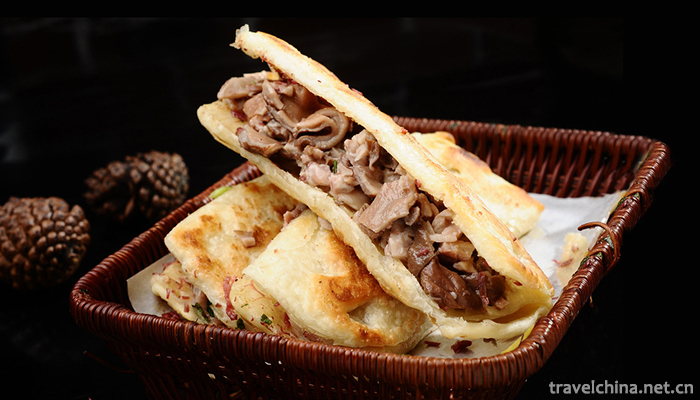
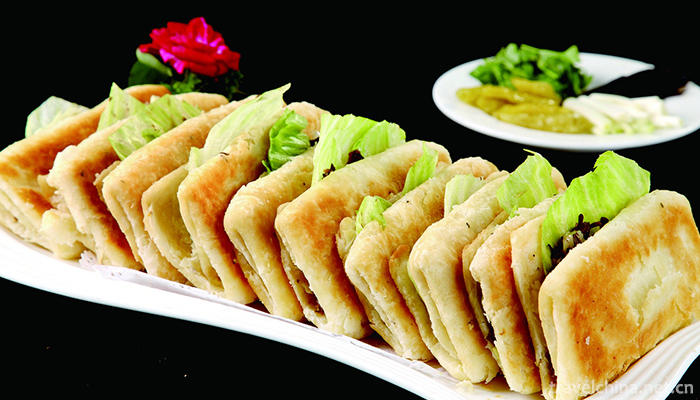

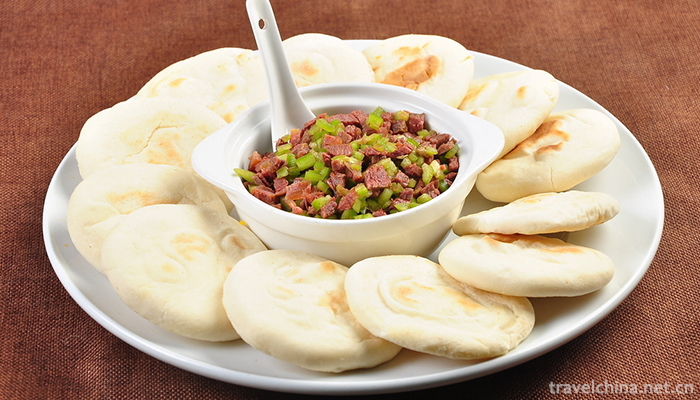
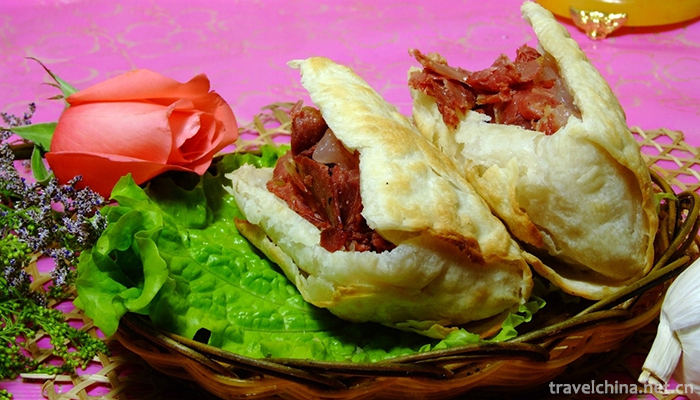
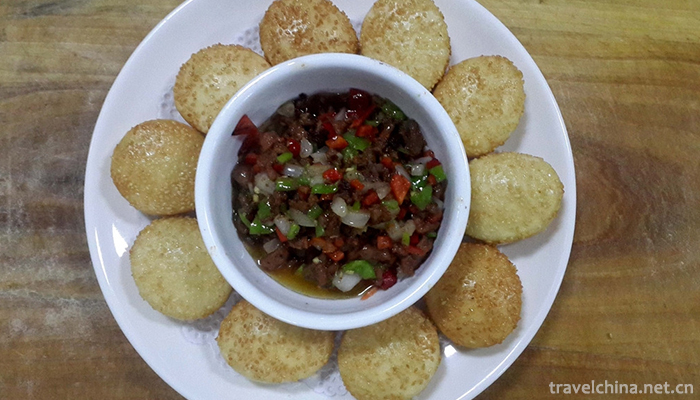
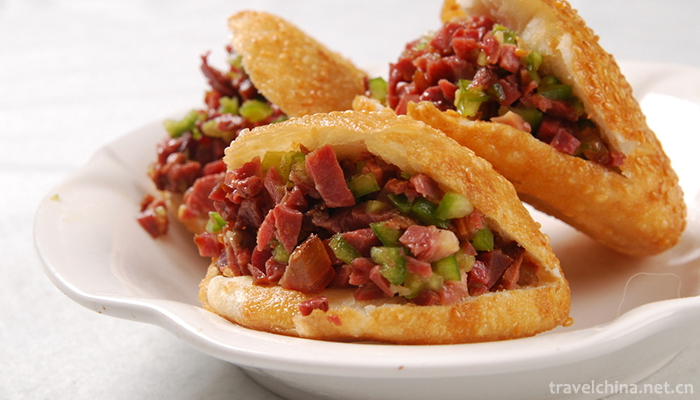
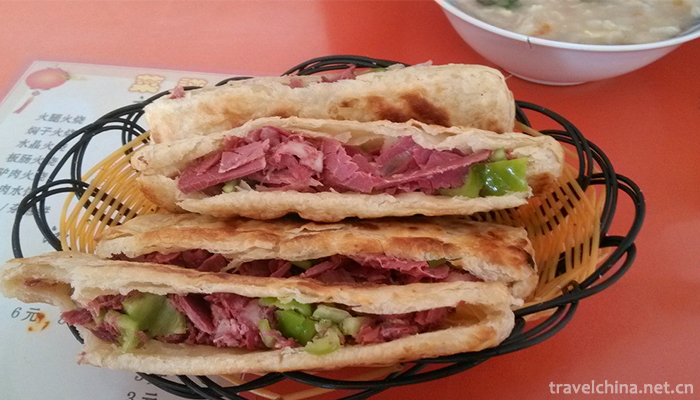
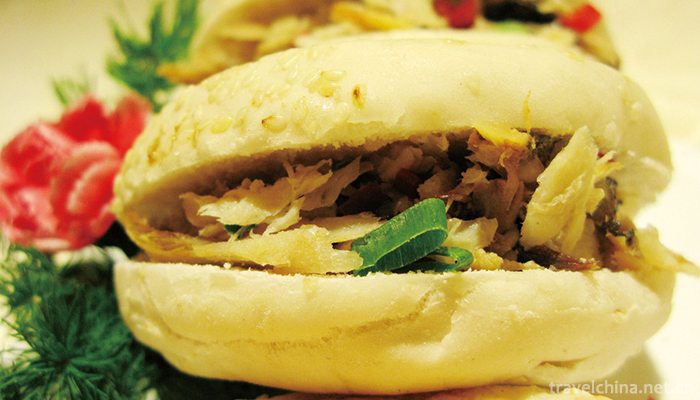
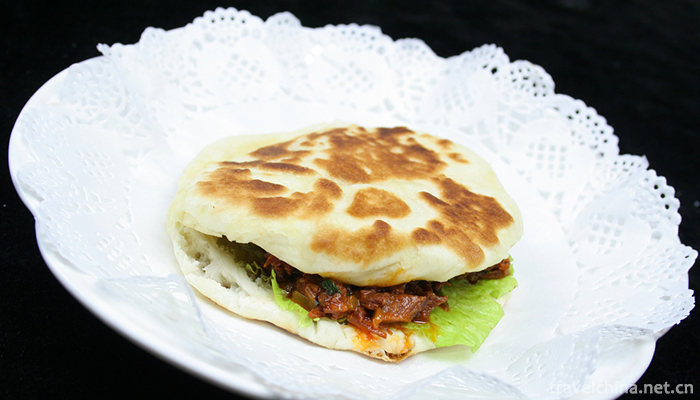
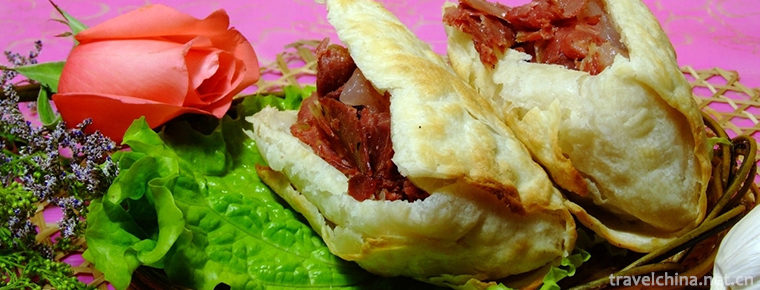
Donkey HamBurger
-
Luzhou Laojiao Tourist Area
Luzhou Laojiao Tourist Area is located in Jiangyang District, Luzhou City, Sichuan Province. Its transportation is convenient. It is a tourist boutique created by Luzhou Laojiao Co., Ltd.
Views: 339 Time 2019-02-06 -
Little wild goose pagoda
Xiaoyan Pagoda is located in the Jianfu Temple of Anrenfang, Chang'an City, Tang Dynasty (now the southern suburb of Xi'an City, Shaanxi Province), also known as the "Jianfu Temple Pagoda".
Views: 233 Time 2019-02-25 -
Lingao Fishing Song
Lingao Fishing Song is a kind of Han folk song which is popular among fishermen in Lingao County, Hainan Province. Because of its use of the lining "Li Li Mei" and related legends, it is als
Views: 290 Time 2019-05-13 -
Lu an drum
Luan drum is a traditional drum book and drum music form with distinct regional characteristics in the north, also known as the "old tune of Lu'an". It is named for its popularity in the are
Views: 449 Time 2019-05-15 -
Mongolian camel ball
The intangible cultural heritage is the manifestation and cultural space of various traditional cultures which are inherited from generation to generation and closely related to people's life.
Views: 185 Time 2019-06-04 -
Tongwei Opera
Tongwei Xiaoqu Opera is a kind of traditional Xiaoqu Opera popular in Tongwei County. In the Ming and Qing Dynasties, Tongwei folk artists absorbed various flavors of Longdong Daoqing, Wanwanwanqiang
Views: 204 Time 2019-06-21 -
Wudang Martial Arts
At the end of Yuan Dynasty and the beginning of Ming Dynasty, Zhang Sanfeng, a Taoist of Wudang School, established Wudang School and was respected as the founder of Wudang Wushu.
Views: 159 Time 2019-06-30 -
Xi an Drums Music
Xi'an drum music, also known as Chang'an ancient music. It is a large-scale traditional folk drum music spread in Xi'an (ancient Chang'an) and its surrounding areas for thousands of years. It originat
Views: 225 Time 2019-06-30 -
Inkstone Platform Making Skills
Inkstone production skills, Liaoning Province Benxi City, Ningxia Hui Autonomous Region Yinchuan City, Hebei Province Yi County, Shanxi Province Xinjiang County, Gansu Province Zhuoni County, Min Coun
Views: 105 Time 2019-07-10 -
Southwest University of Finance and Economics
Southwest University of Finance and Economics is a national key university under the Ministry of Education's "211 Project" and "985 Project" dominant disciplines innovation platfor
Views: 170 Time 2019-08-31 -
Geographical environment of Guangyuan
Guangyuan City is located in the north of Sichuan Province. Its geographical coordinates are 31 ° 31 ′ n to 32 ° 56 ′ N and 104 ° 36 ′ e to 106 ° 45 ′ E. in the north, it borders Wudu County, Wen County, Ningqiang County and Nanzheng County of Shaanxi
Views: 133 Time 2020-12-15

